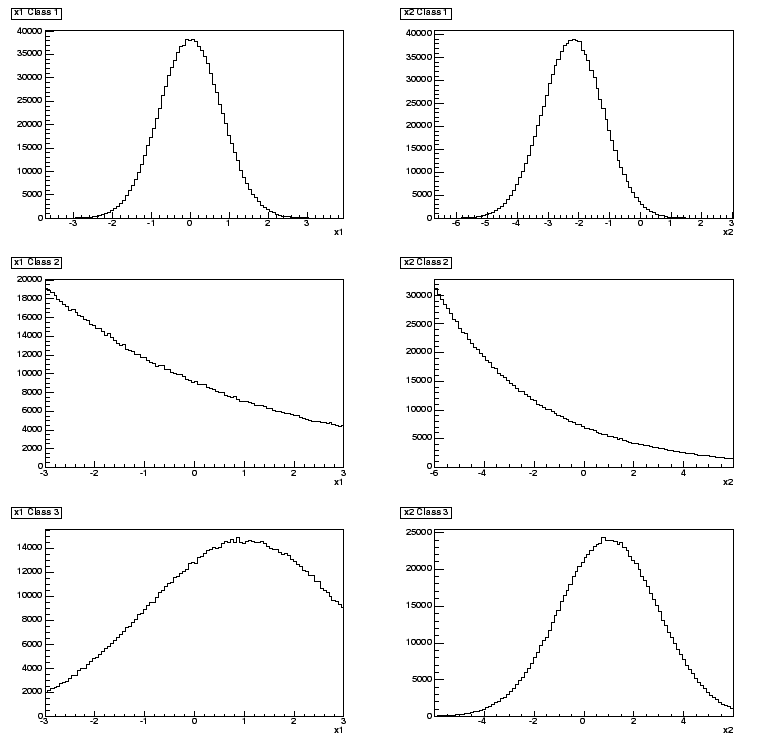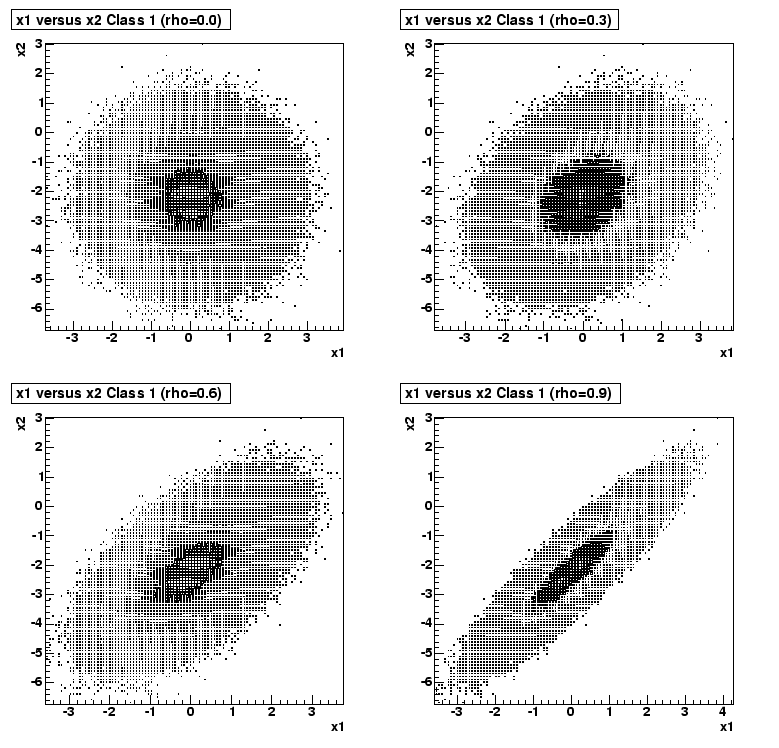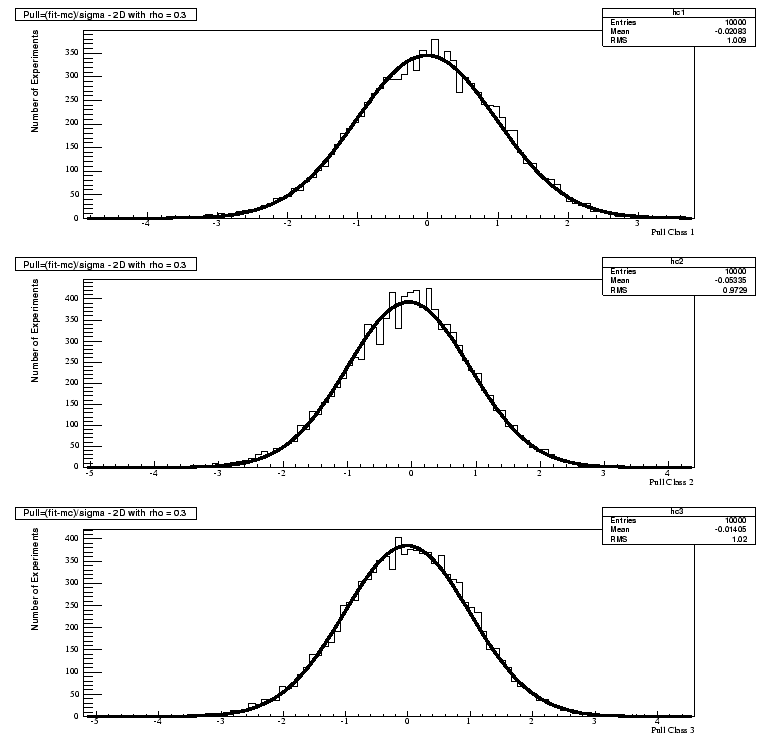| Class |
Method |
 |
Mean
 |
Sigma
 |
| C1 |
1D |
0.0 |
-0.0198238  0.010 0.010 |
1.006  0.007 0.007 |
| C2 |
1D |
0.0 |
-0.0485768  0.010 0.010 |
0.971  0.007 0.007 |
| C3 |
1D |
0.0 |
-0.0201215  0.010 0.010 |
1.021  0.007 0.007 |
| C1 |
1D |
0.1 |
-0.0481886  0.010 0.010 |
1.007  0.007 0.007 |
| C2 |
1D |
0.1 |
-0.0579881  0.010 0.010 |
0.972  0.007 0.007 |
| C3 |
1D |
0.1 |
0.0174762  0.010 0.010 |
1.020  0.007 0.007 |
| C1 |
1D |
0.2 |
-0.0709891  0.010 0.010 |
1.007  0.007 0.007 |
| C2 |
1D |
0.2 |
-0.069503  0.010 0.010 |
0.972  0.007 0.007 |
| C3 |
1D |
0.2 |
0.0517214  0.010 0.010 |
1.018  0.007 0.007 |
| C1 |
1D |
0.3 |
-0.0874725  0.010 0.010 |
1.007  0.007 0.007 |
| C2 |
1D |
0.3 |
-0.0835423  0.010 0.010 |
0.973  0.007 0.007 |
| C3 |
1D |
0.3 |
0.0823657  0.010 0.010 |
1.017  0.007 0.007 |
| C1 |
1D |
0.4 |
-0.0997452  0.010 0.010 |
1.008  0.007 0.007 |
| C2 |
1D |
0.4 |
-0.0986733  0.010 0.010 |
0.973  0.007 0.007 |
| C3 |
1D |
0.4 |
0.109921  0.010 0.010 |
1.016  0.007 0.007 |
| C1 |
1D |
0.5 |
-0.108919  0.010 0.010 |
1.008  0.007 0.007 |
| C2 |
1D |
0.5 |
-0.114146  0.010 0.010 |
0.973  0.007 0.007 |
| C3 |
1D |
0.5 |
0.134601  0.010 0.010 |
1.016  0.007 0.007 |
| C1 |
1D |
0.6 |
-0.116475  0.010 0.010 |
1.008  0.007 0.007 |
| C2 |
1D |
0.6 |
-0.128466  0.010 0.010 |
0.974  0.007 0.007 |
| C3 |
1D |
0.6 |
0.156501  0.010 0.010 |
1.015  0.007 0.007 |
| C1 |
1D |
0.7 |
-0.124288  0.010 0.010 |
1.009  0.007 0.007 |
| C2 |
1D |
0.7 |
-0.140628  0.010 0.010 |
0.975  0.007 0.007 |
| C3 |
1D |
0.7 |
0.176114  0.010 0.010 |
1.014  0.007 0.007 |
| C1 |
1D |
0.8 |
-0.134539  0.010 0.010 |
1.009  0.007 0.007 |
| C2 |
1D |
0.8 |
-0.149407  0.010 0.010 |
0.975  0.007 0.007 |
| C3 |
1D |
0.8 |
0.194497  0.010 0.010 |
1.013  0.007 0.007 |
| C1 |
1D |
0.9 |
-0.148636  0.010 0.010 |
1.010  0.007 0.007 |
| C2 |
1D |
0.9 |
-0.154338  0.010 0.010 |
0.976  0.007 0.007 |
| C3 |
1D |
0.9 |
0.212605  0.010 0.010 |
1.012  0.007 0.007 |
|



